Airport jetty by RSHP provides a polychromatic welcome to Switzerland
The Aile Est, or East Wing, at Geneva Airport, a dramatic, polychromatic jetty, is the newest project by Rogers Stirk Harbour + Partners in Switzerland
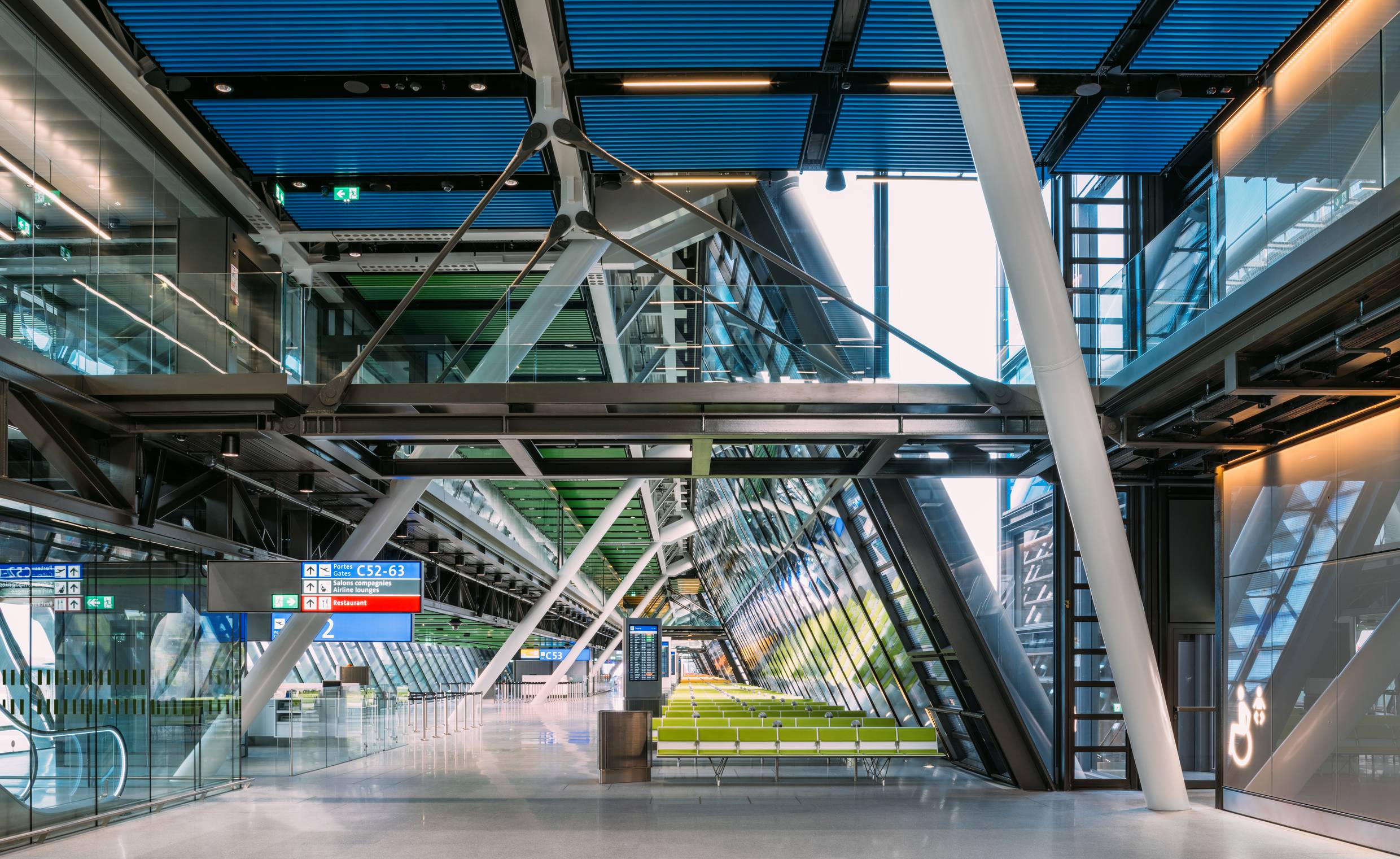
Joas Souza - Photography
This major new transport project by Rogers Stirk Harbour + Partners was completed just days before the death of its founder, Richard Rogers, late last year. The Aile Est (East Wing) at Geneva Airport is a monumental new addition to the Swiss facility. RSHP worked closely with the Jacques Bugna architecture studio in Geneva, as well as the engineering offices Ingérop in Paris and T-Ingénierie in Geneva to steer this project to completion, some ten years after it was originally conceived.
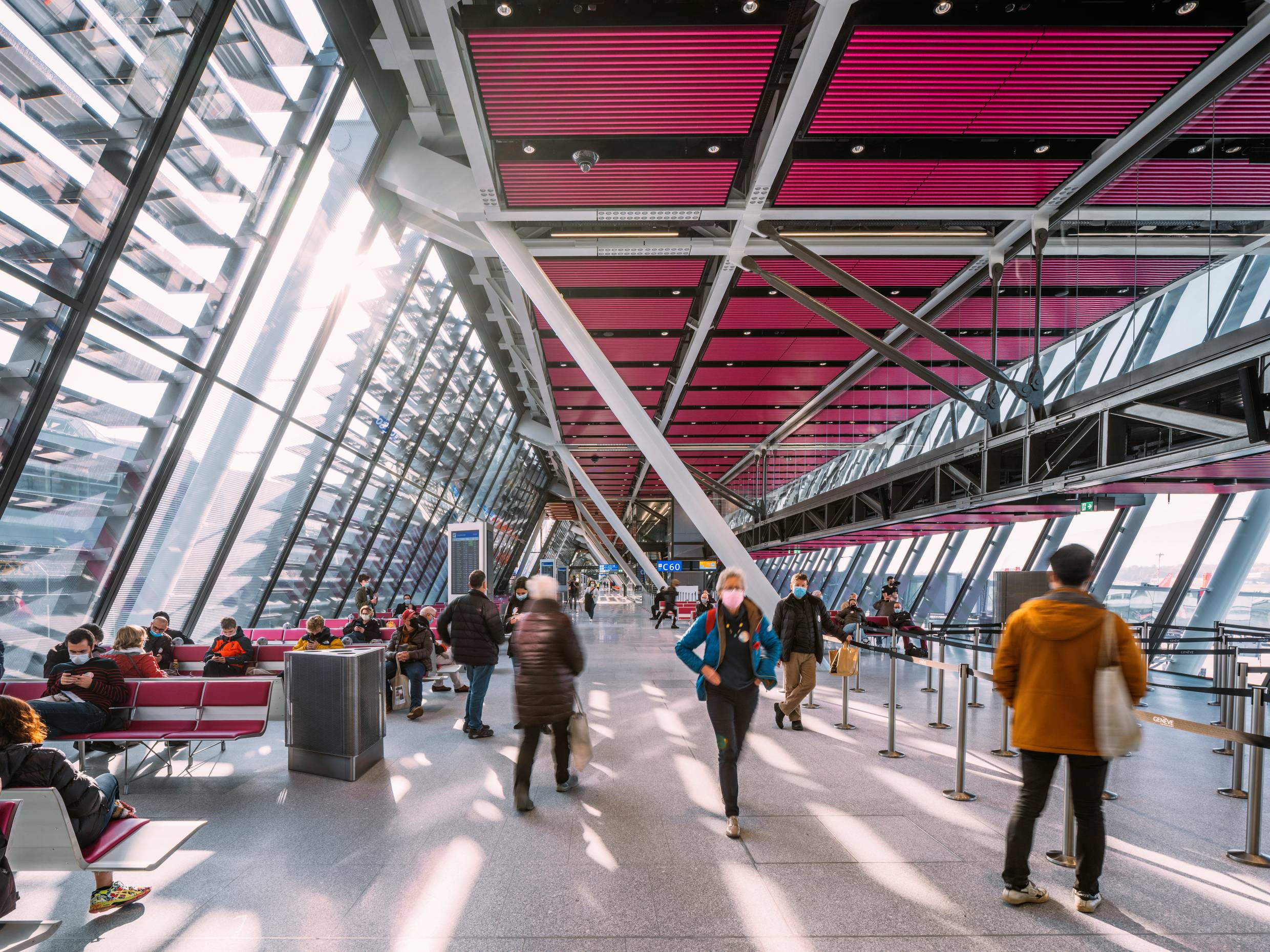
Superficially, this is a building that’s all about colour, or at least that’s what passengers will perceive. Just like the practice’s Terminal 4 at Madrid’s Barajas Airport, with its rhythmically shifting hues, the new East Wing uses colour as a means of subdividing and enlivening the vast space.
Behind the scenes, there is an awful lot more going on. For a start, the building is designed to be energy positive, a hugely ambitious goal given the size of the space and its 20,000 sq m of façades. In addition, the 520m-long building contains 7,000 tonnes of steel.
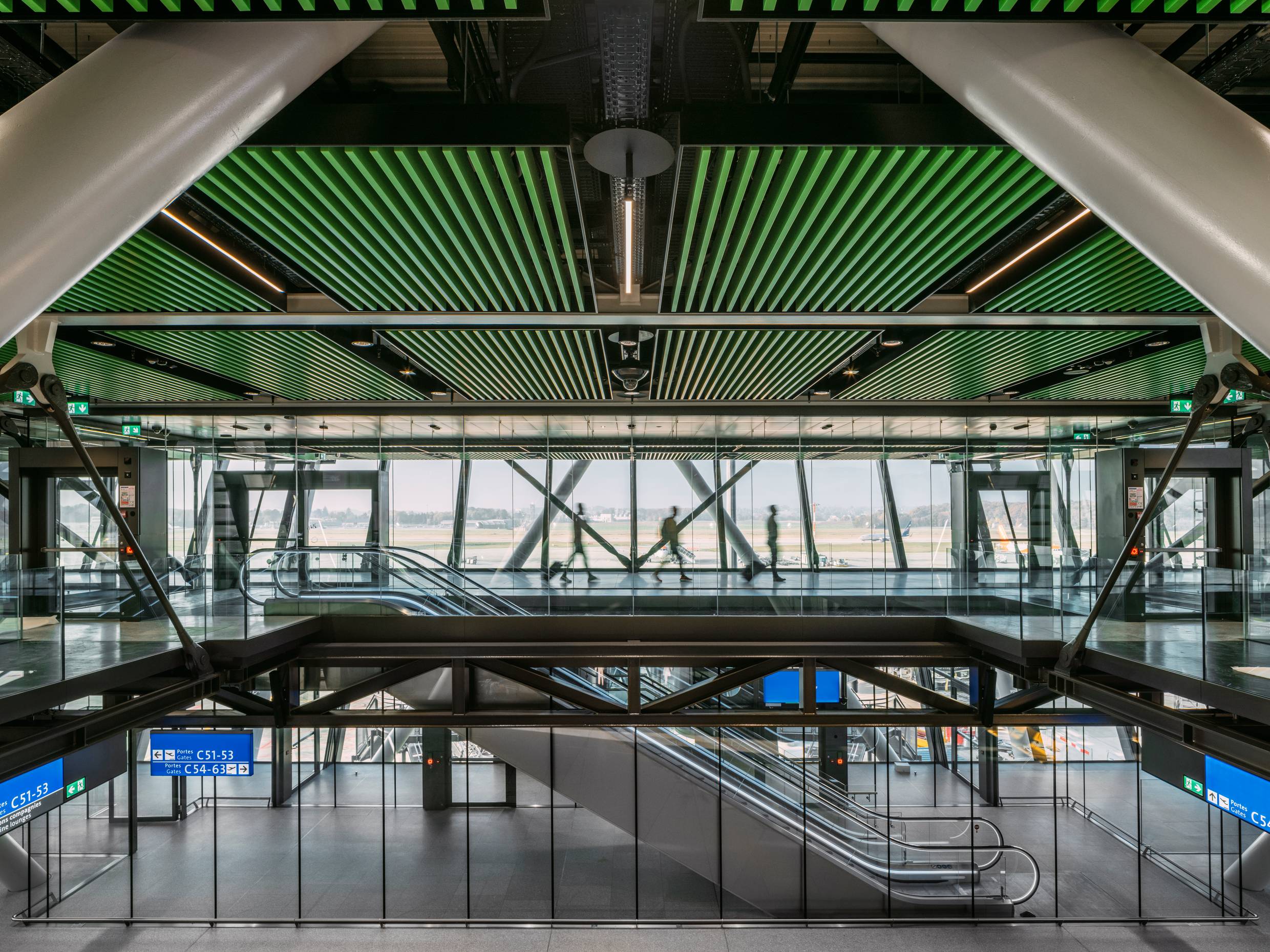
All this structure is put to good use. The terminal has a parallelogram-shaped cross section that is bisected by the inverted pyramid forms of the mighty steel frame, which elevates it up off the ground, as well as supporting both floors and the roof. Up here you’ll find over 7,000 sq m of photovoltaics, which are paired with 110 geothermal piles that plunge down to 300m below the ground to source thermal energy.
Those expansive windows are triple glazed, with shutters for additional solar shading. The terminal will eventually tap into the existing GeniLac hydrothermal system, which uses the waters of Lake Geneva to heat and cool the city’s buildings.
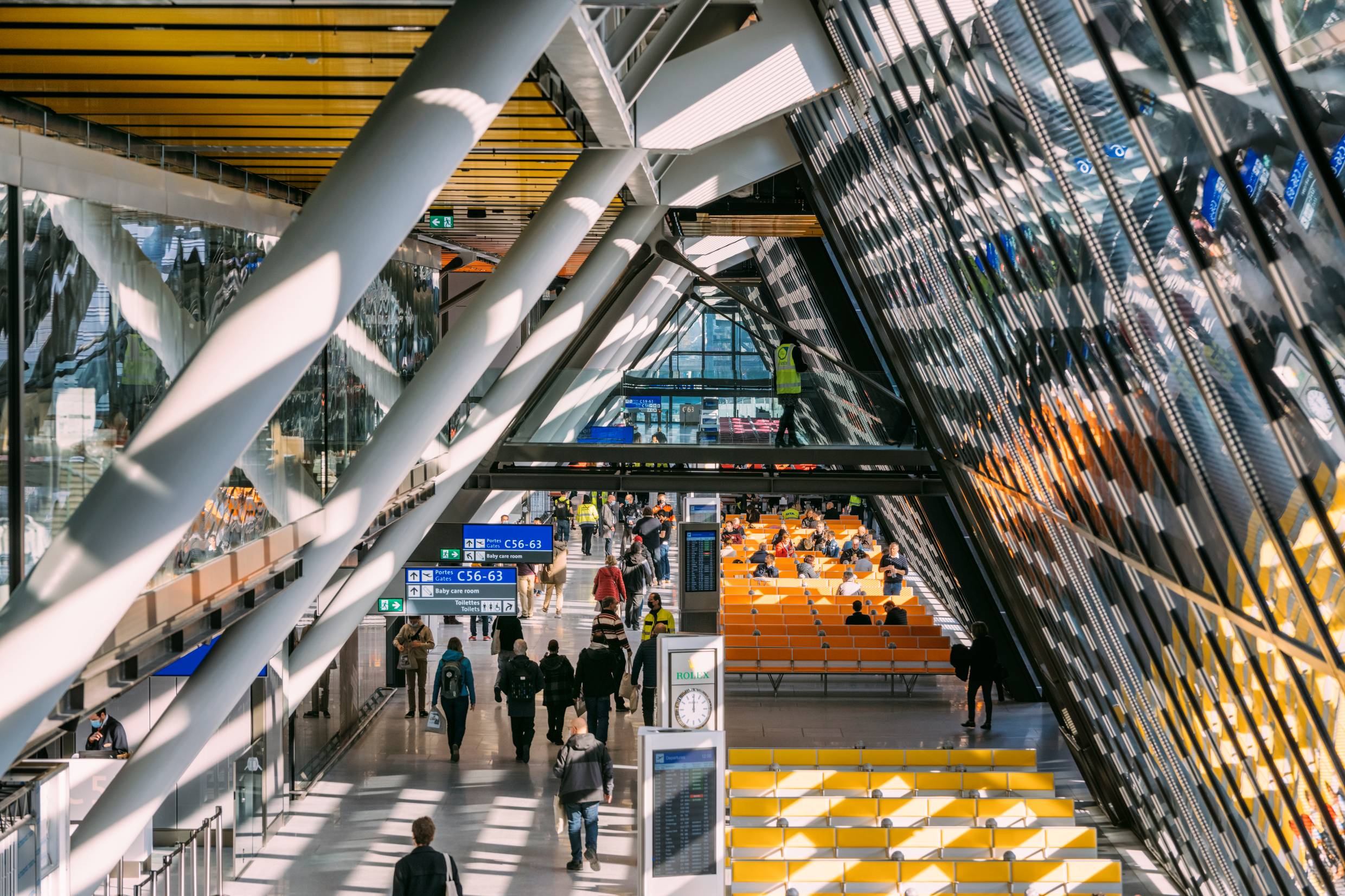
All that space serves six aircraft stands, and represents a major upgrade on facilities that were initially installed as a temporary measure built to accommodate the then relatively new Boeing 747. Since the Geneva project was originally conceived, the Jumbo’s natural successor, the A380, entered and left production, and the aviation market endured a 60 per cent market dip due to the pandemic.
Nevertheless, the new building still made economic and environmental sense for the airport.
Wallpaper* Newsletter
Receive our daily digest of inspiration, escapism and design stories from around the world direct to your inbox.
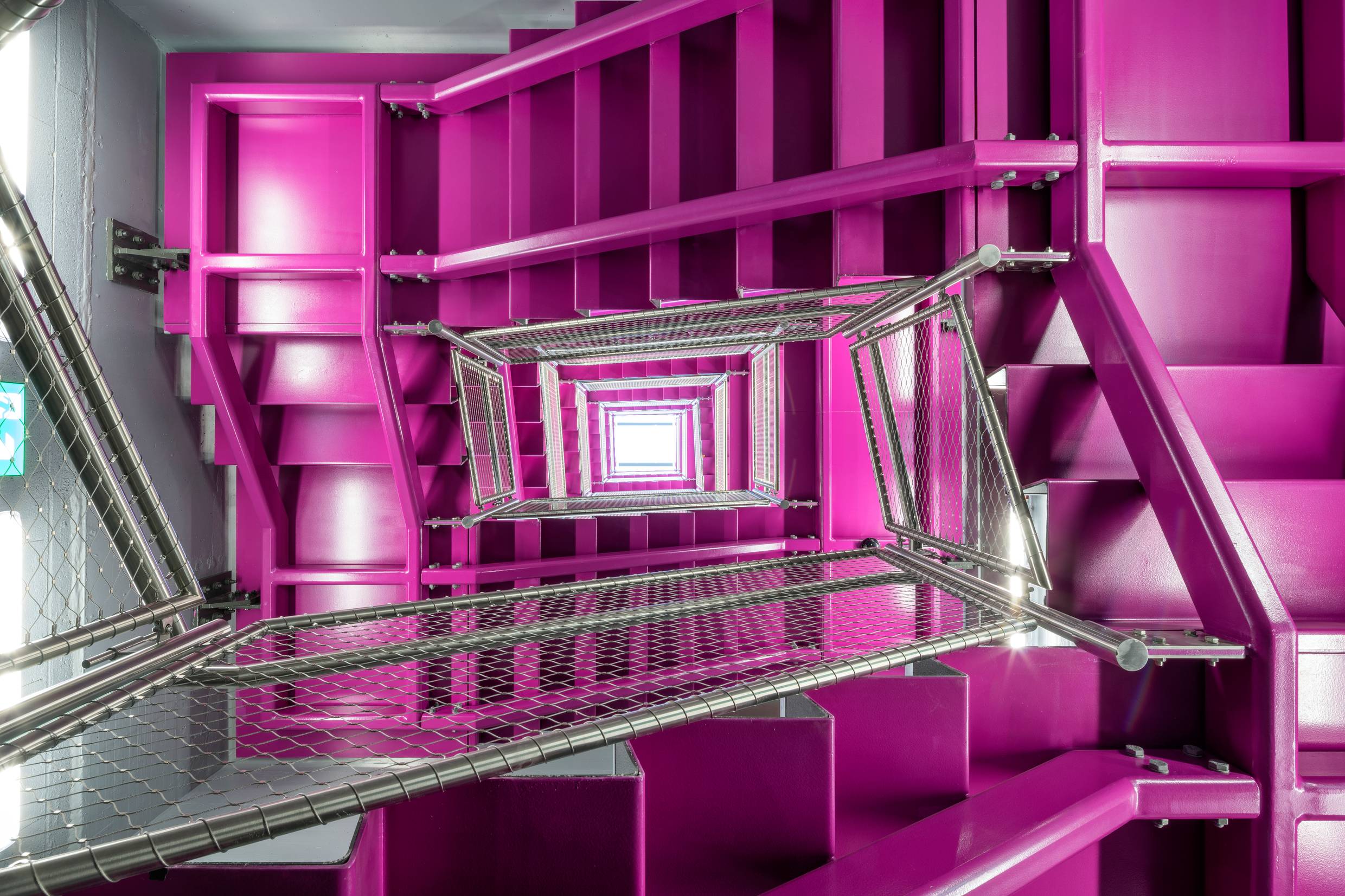
Each hour, there’s room for 2,800 passengers to leave and 3,000 to arrive, their journeys guided by the colour-coded elements.
The terminal’s steel frame and structural elements are painted in two shades of grey, pairing with the natural stone flooring and the light flooding in through the vast windows to minimise the need for artificial illumination. Each 80m module is then given a different unifying colour for the seating and ceiling elements.
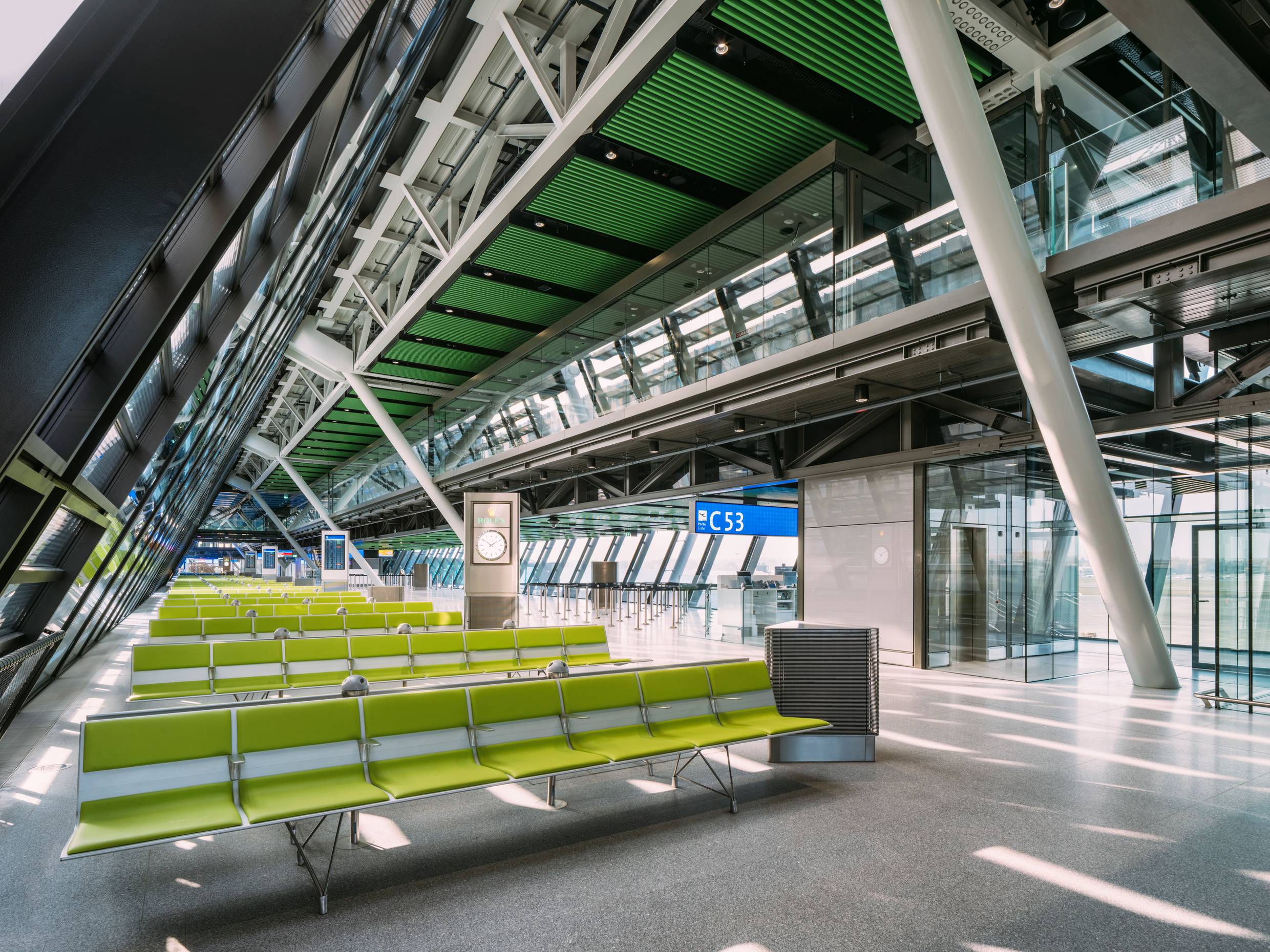
The project broke ground in 2012, starting with the construction of the geothermal piles. This was followed by the construction of a new road tunnel and technical basements, then the demolition and relocation of existing services before the main new East Wing jetty could be built and fitted out.
The latter process ran from April 2017 to July 2021, during which time the airport had to remain operational, a major logistical challenge for the design and construction teams.
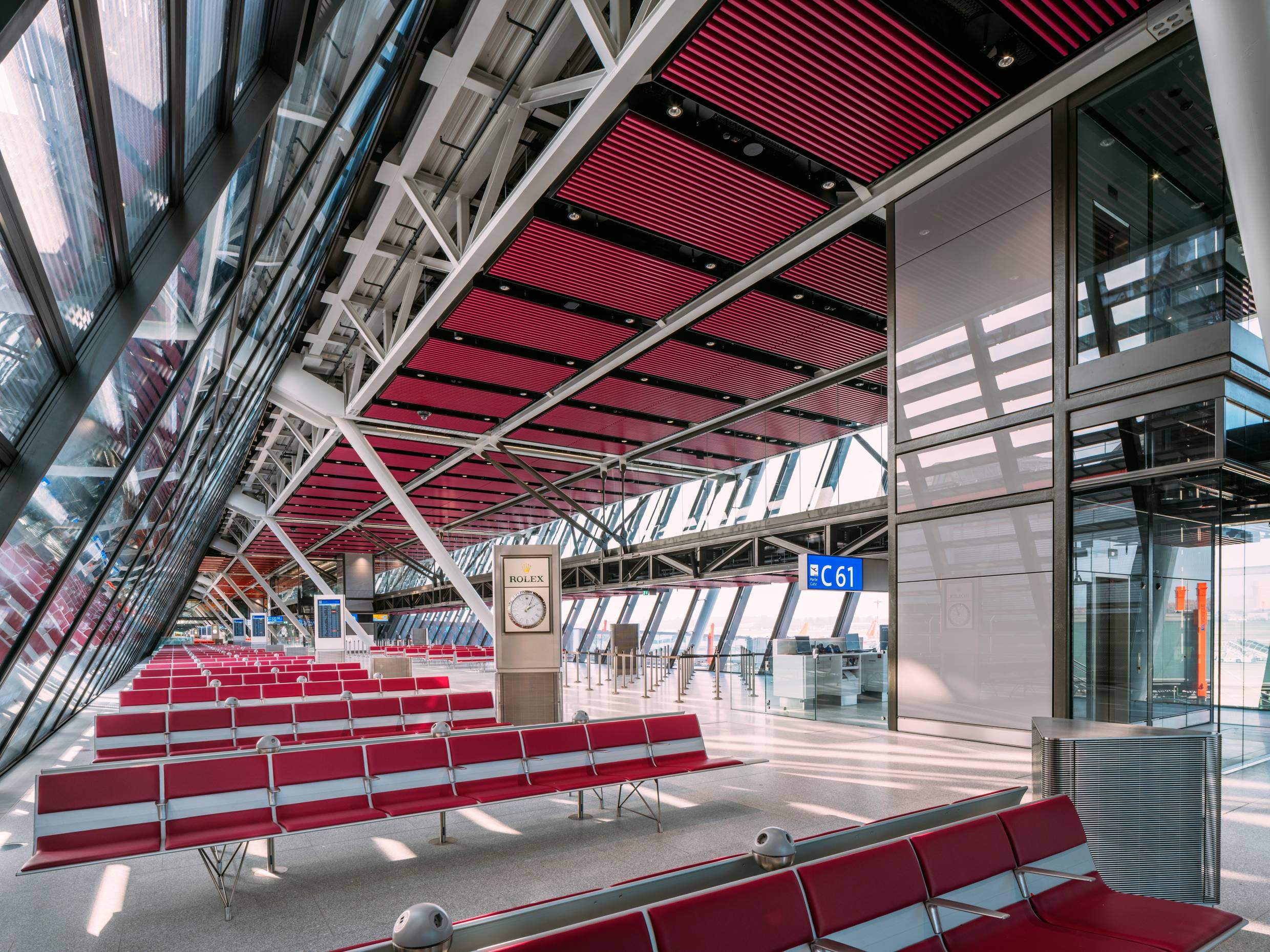
Finally, there is the view. Raised up above the tarmac, the East Wing not only gives passengers an impressive view of their aircraft, but showcases the Jura Mountains in the north, welcoming visitors to Switzerland’s spectacular landscape.
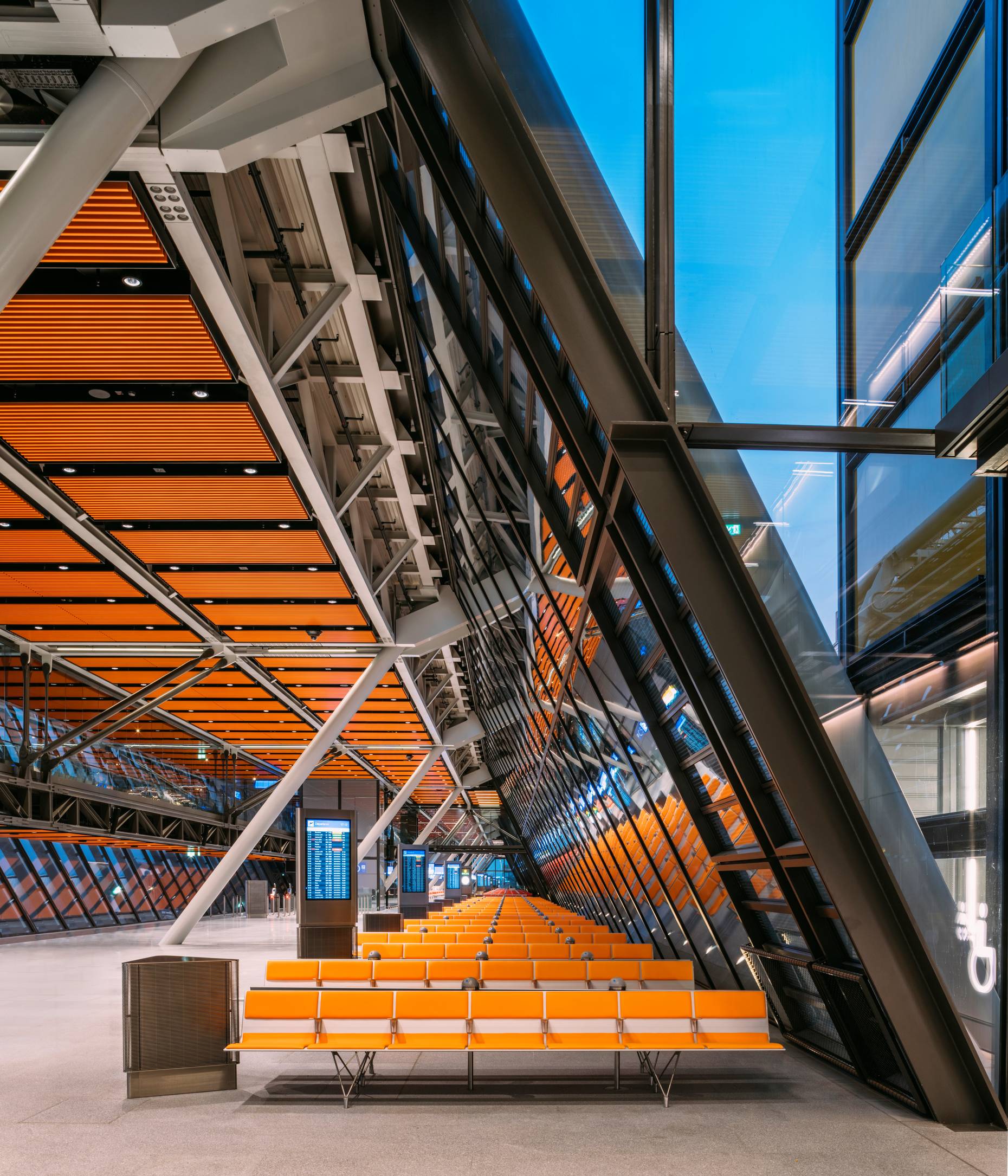
A cross-section through the new jetty showing the arrangement of the steel structure
INFORMATION
Jonathan Bell has written for Wallpaper* magazine since 1999, covering everything from architecture and transport design to books, tech and graphic design. He is now the magazine’s Transport and Technology Editor. Jonathan has written and edited 15 books, including Concept Car Design, 21st Century House, and The New Modern House. He is also the host of Wallpaper’s first podcast.
-
 The Lighthouse draws on Bauhaus principles to create a new-era workspace campus
The Lighthouse draws on Bauhaus principles to create a new-era workspace campusThe Lighthouse, a Los Angeles office space by Warkentin Associates, brings together Bauhaus, brutalism and contemporary workspace design trends
By Ellie Stathaki
-
 Extreme Cashmere reimagines retail with its new Amsterdam store: ‘You want to take your shoes off and stay’
Extreme Cashmere reimagines retail with its new Amsterdam store: ‘You want to take your shoes off and stay’Wallpaper* takes a tour of Extreme Cashmere’s new Amsterdam store, a space which reflects the label’s famed hospitality and unconventional approach to knitwear
By Jack Moss
-
 Titanium watches are strong, light and enduring: here are some of the best
Titanium watches are strong, light and enduring: here are some of the bestBrands including Bremont, Christopher Ward and Grand Seiko are exploring the possibilities of titanium watches
By Chris Hall
-
 Meet Lisbeth Sachs, the lesser known Swiss modernist architect
Meet Lisbeth Sachs, the lesser known Swiss modernist architectPioneering Lisbeth Sachs is the Swiss architect behind the inspiration for creative collective Annexe’s reimagining of the Swiss pavilion for the Venice Architecture Biennale 2025
By Adam Štěch
-
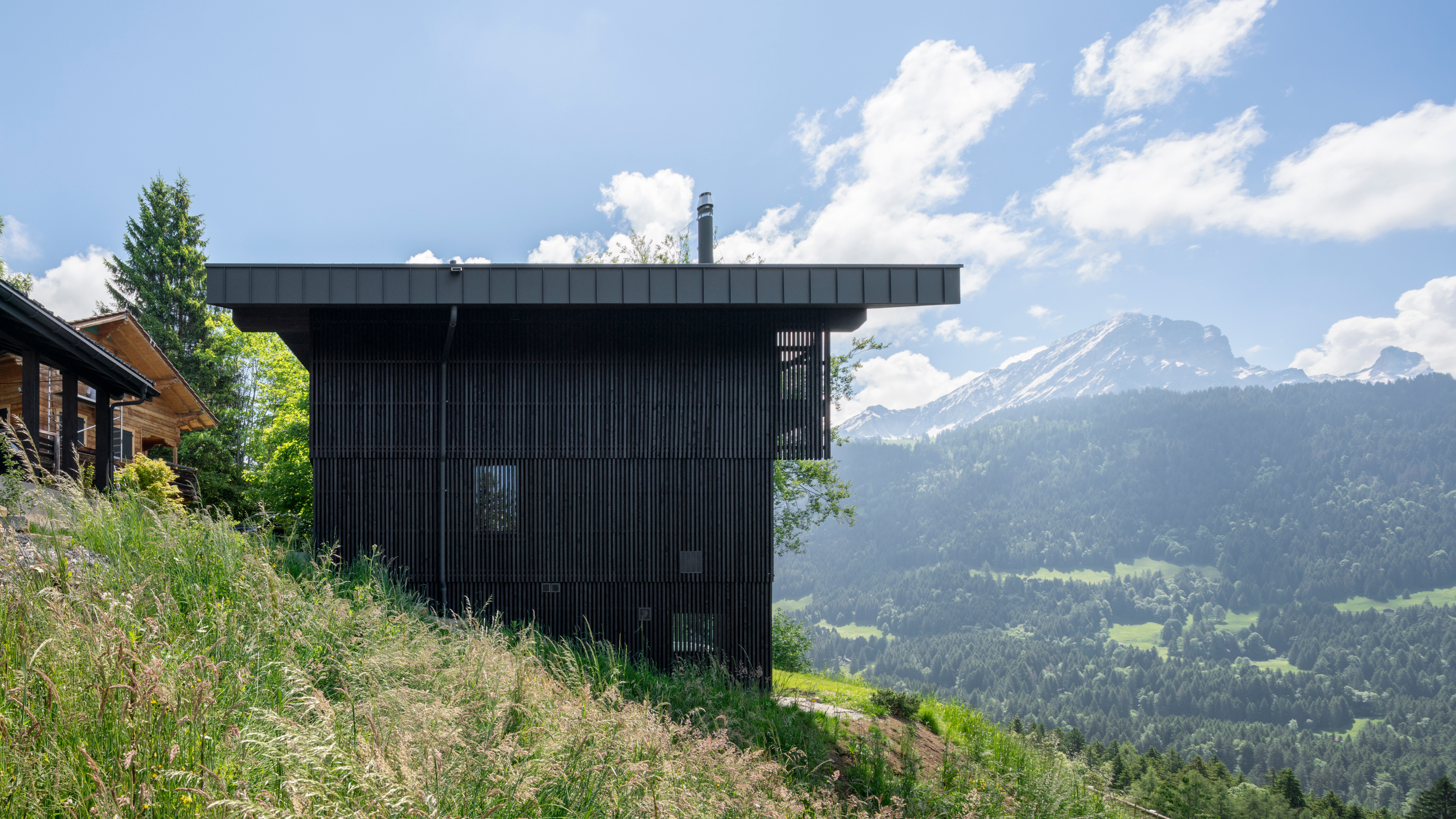 A contemporary Swiss chalet combines tradition and modernity, all with a breathtaking view
A contemporary Swiss chalet combines tradition and modernity, all with a breathtaking viewA modern take on the classic chalet in Switzerland, designed by Montalba Architects, mixes local craft with classic midcentury pieces in a refined design inside and out
By Jonathan Bell
-
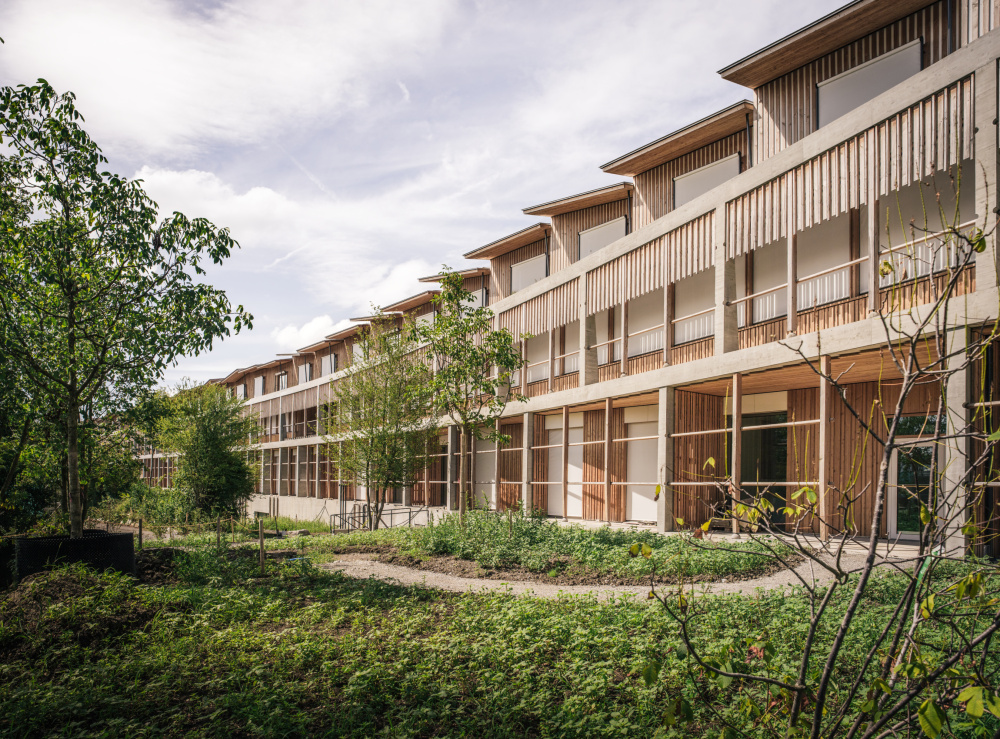 Herzog & de Meuron’s Children’s Hospital in Zurich is a ‘miniature city’
Herzog & de Meuron’s Children’s Hospital in Zurich is a ‘miniature city’Herzog & de Meuron’s Children’s Hospital in Zurich aims to offer a case study in forward-thinking, contemporary architecture for healthcare
By Ellie Stathaki
-
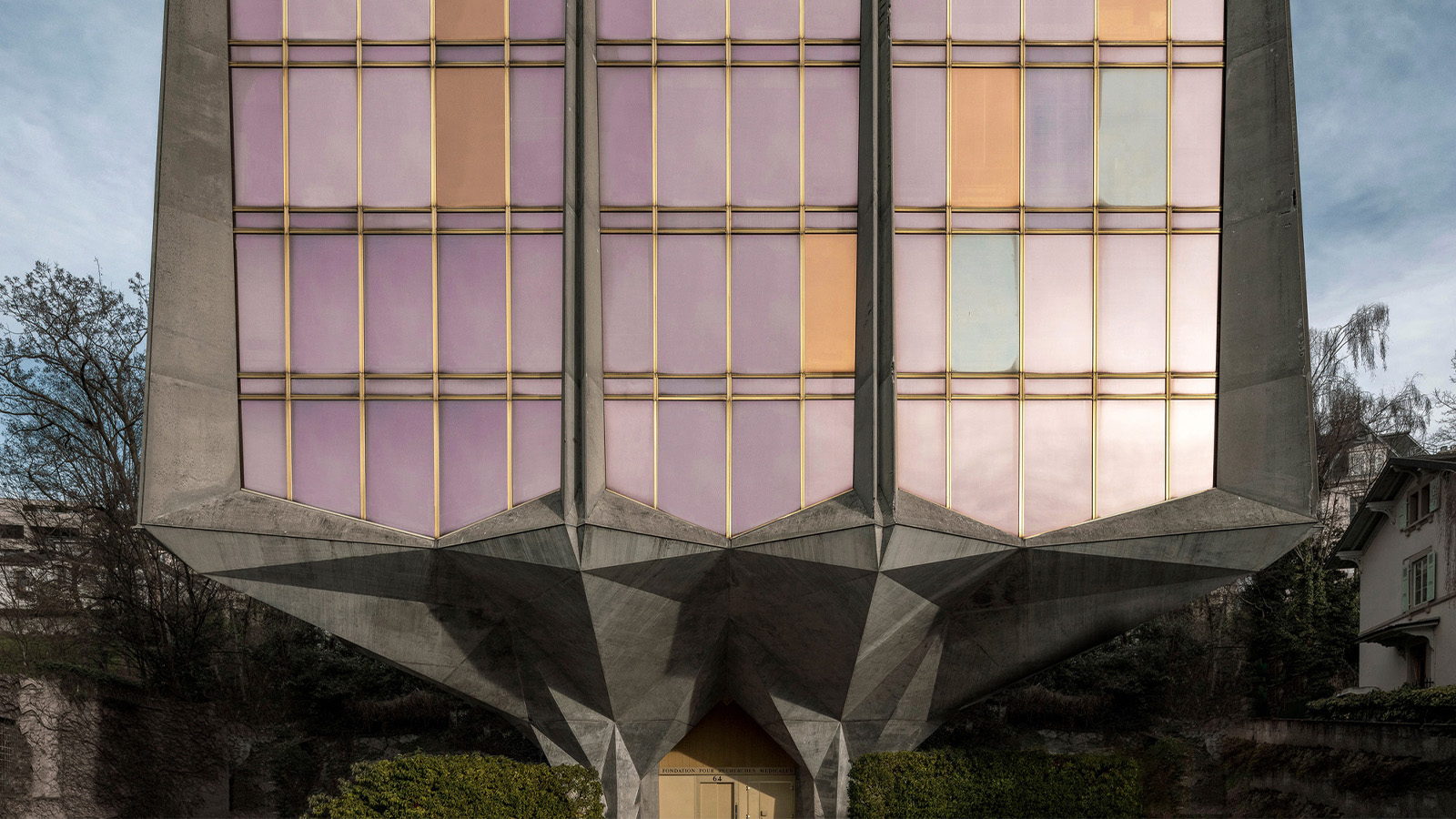 Step inside La Tulipe, a flower-shaped brutalist beauty by Jack Vicajee Bertoli in Geneva
Step inside La Tulipe, a flower-shaped brutalist beauty by Jack Vicajee Bertoli in GenevaSprouting from the ground, nicknamed La Tulipe, the Fondation Pour Recherches Médicales building by Jack Vicajee Bertoli is undergoing a two-phase renovation, under the guidance of Geneva architects Meier + Associé
By Jonathan Glancey
-
 East London's disused gasholders are being reinvented
East London's disused gasholders are being reinventedRegent's View by RSHP reinvents a pair of disused gasholders in east London as contemporary residential space and a publically accessible park
By Ellie Stathaki
-
 Christian de Portzamparc’s Dior Geneva flagship store dazzles and flows
Christian de Portzamparc’s Dior Geneva flagship store dazzles and flowsDior’s Geneva flagship by French architect Christian de Portzamparc has a brand new, wavy façade that references the fashion designer's original processes using curves, cuts and light
By Herbert Wright
-
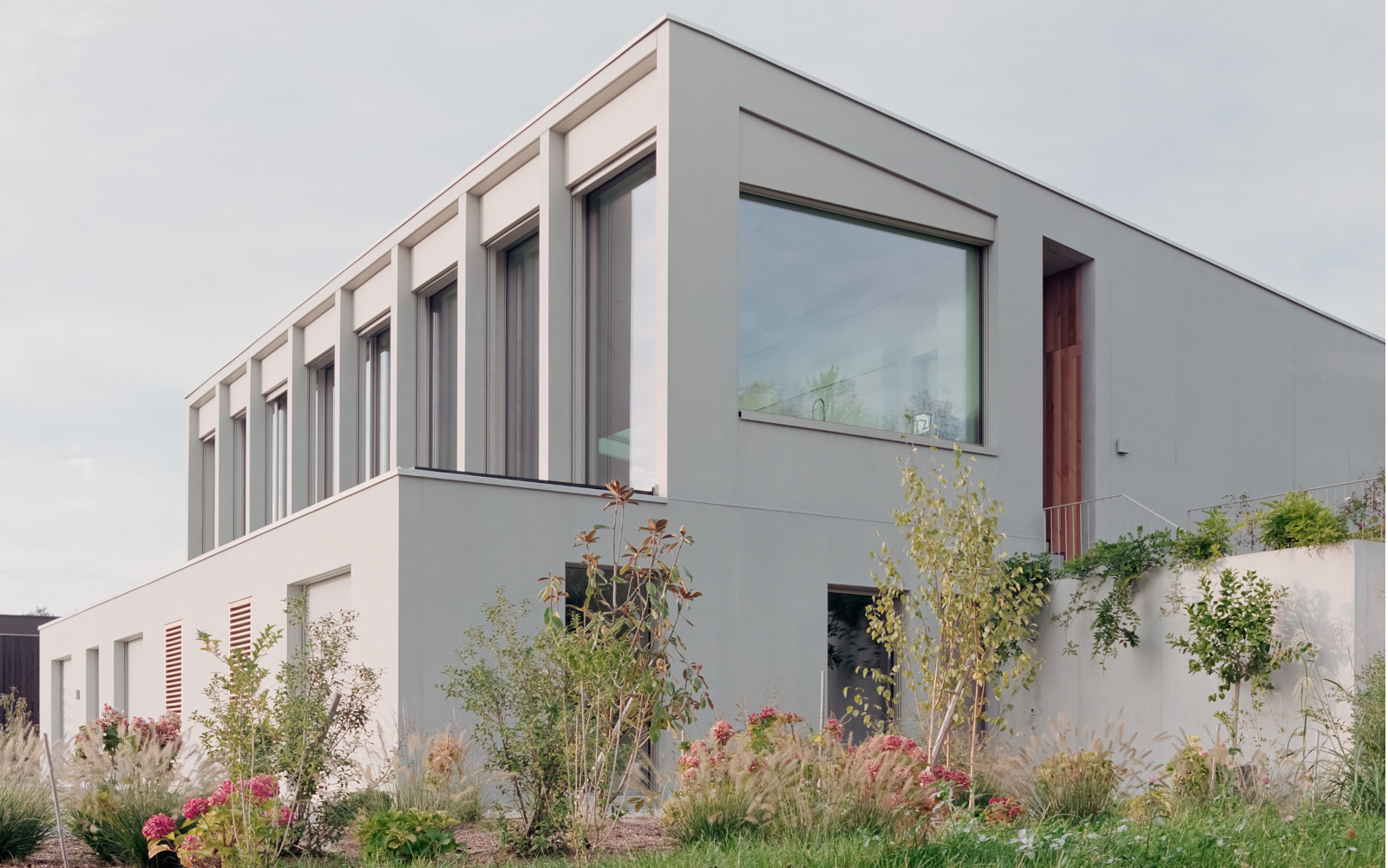 An Uetikon house embraces minimalism, light, and its Swiss lake views
An Uetikon house embraces minimalism, light, and its Swiss lake viewsThis Uetikon home by Pablo Pérez Palacios Arquitectos Asociados (PPAA) sets itself apart from traditional Swiss housing, with a contemporary design that connects with nature
By Tianna Williams
-
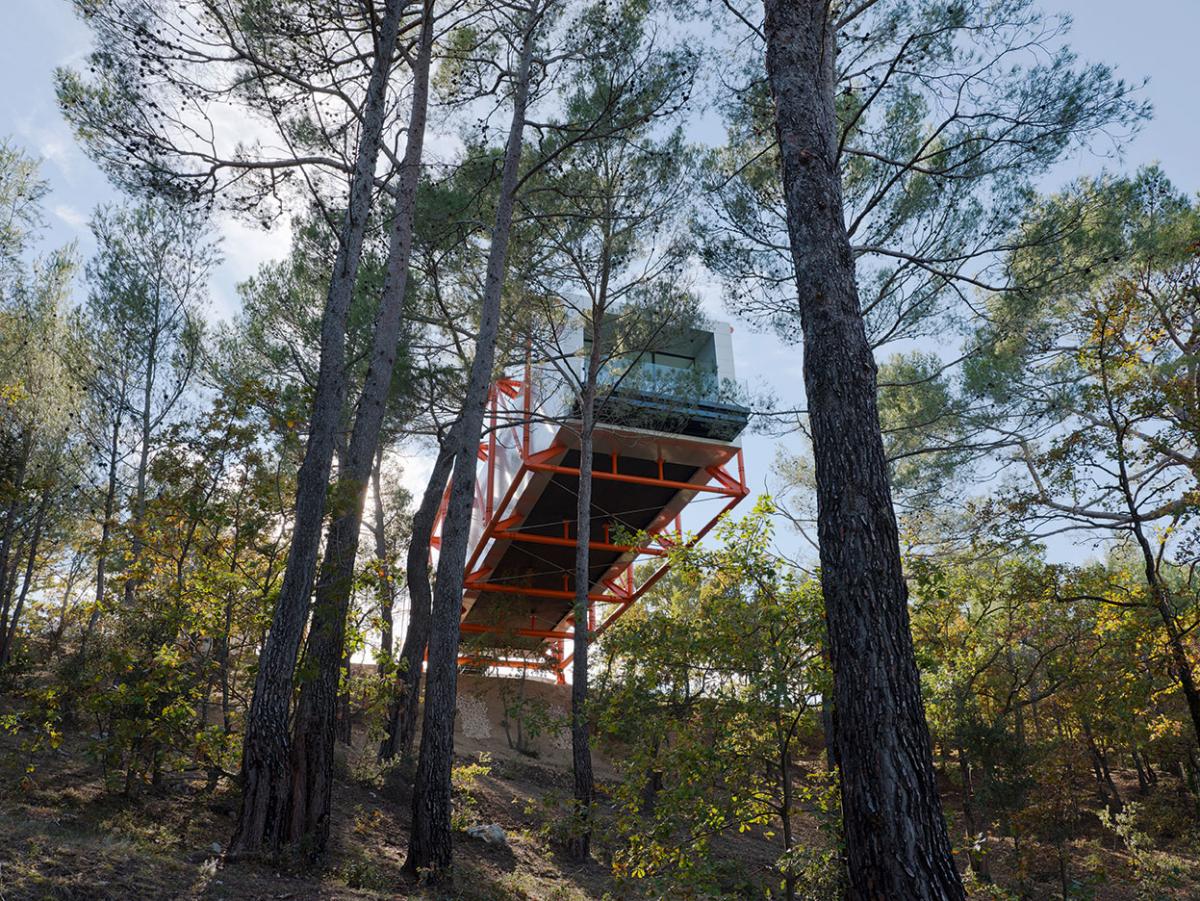 Richard Rogers exhibition delves into the architect’s ideas at Chateau La Coste
Richard Rogers exhibition delves into the architect’s ideas at Chateau La CosteA new Richard Rogers exhibition created by Ab Rogers opens at the late architect’s final design, the Drawing Gallery at Chateau La Coste in France
By Ellie Stathaki